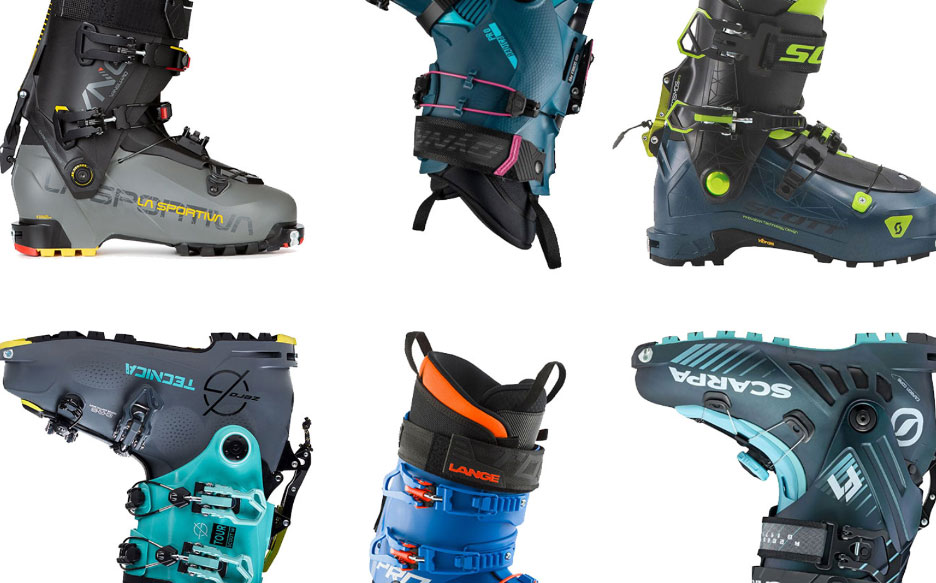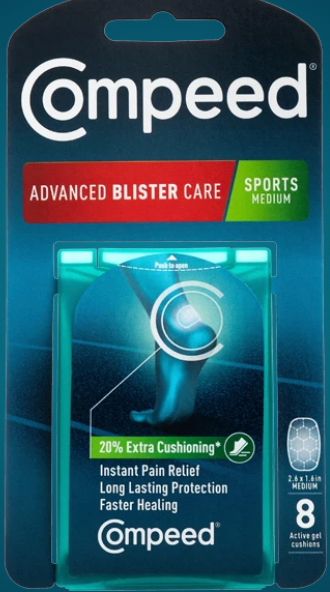Pro Tip: Preventing Blisters
Years ago, on night three of a week-long backcountry ski trip in the Wasatch, I gingerly peeled my socks off and stared down at horrific, bloody holes in my heels. Pondering how I’d finish the week, I desperately tried a combination of solutions including mole skin, duct tape, and taking a knife to my boot liner. Nothing helped. I powered through the week and emerged determined to find a way to eliminate blisters from my life.
Here is what I’ve learned.
First, purchase a boot that’s right for your feet. Don’t buy them online, or take recommendations from friends with completely different shaped feet than yours. Go to a reputable shop and spend time finding a boot you’re confident is right for your feet (read How to Buy Boots to get started). Ask around, find the best store in your area with a wide range of options, and don’t wait until the last minute. I’ll start boot shopping a year before I’m actually going to need a new pair. When I find a fit and performance that I love, I’ll often buy two pairs (there’s an extra pair of Tecnica Zero G’s patiently waiting in my closet right now).

Go to a seasoned, professional bootfitter for custom footbeds and liners. I look for a master fitter with a podiatry degree and over 10 years of experience. If you can’t find one in your area, plan a field trip. I also love recommendations from people who have alien feet, bone protrusions, bunions, deformities and any other kinds of abnormalities—often it’s these folks who’ve found good bootfitters for obvious reasons. Again, get off the Barcalounger this summer and get your boot fitted before the snow falls. You might have to go a few rounds to get the perfect fit, so get it done before powder fever sets in and the good bootfitters are booked out for three months.
Invest in high quality socks. You might have to experiment to find the right brand and thickness for you. I personally like Dissent Lab’s socks. They’ve designed their socks to lock around your feet (you practically need a shoe horn to get them off) and to not move or bunch to reduce blistering. They breathe well and effectively wick moisture. They also use a “Nanoglide” anti-friction teflon/PTFE yarn in the heel and ankle for blister prevention. They’re expensive, but I’m getting two to three seasons out of a pair.
Compeed Advanced Blister care is a wonderful product that is now available in the U.S. (formerly I’d have to purchase them in Europe). I’ve used Compeed for 20 years, and there’s no better product on the market to prevent and care for blisters. (The imitation brands are not the same.) Compeed works best when you apply early to known hot spots before you have a blister, but they’re also effective when you’ve already developed one. They also provide some great information on preventing and treating blisters here on their website.

Setting a proper, lower angle (roughly 15°) skin track also helps prevent blisters. I’ve witnessed people immediately develop blisters when a skin track steepens for a sustained period of time.
When you’re enjoying multi-day tours, drying your liners and footbeds each night is critical. Invest in a portable ski boot dryer, or pull the liners and footbeds out to ensure they dry completely.
Unfortunately there are times—like in the spring when the warmer temperatures make your feet swell, or during week-long tours—when blisters might be unavoidable. Most of the time, though, I’m certain that by following the above methods, you can reduce if not eliminate the problem.
Through backcountry skiing, Paul Rogers has found incredible happiness, lasting friendships, and the opportunity to traverse the snowscape across Europe and North America. He founded Powder Cloud to help others safely find the same.


